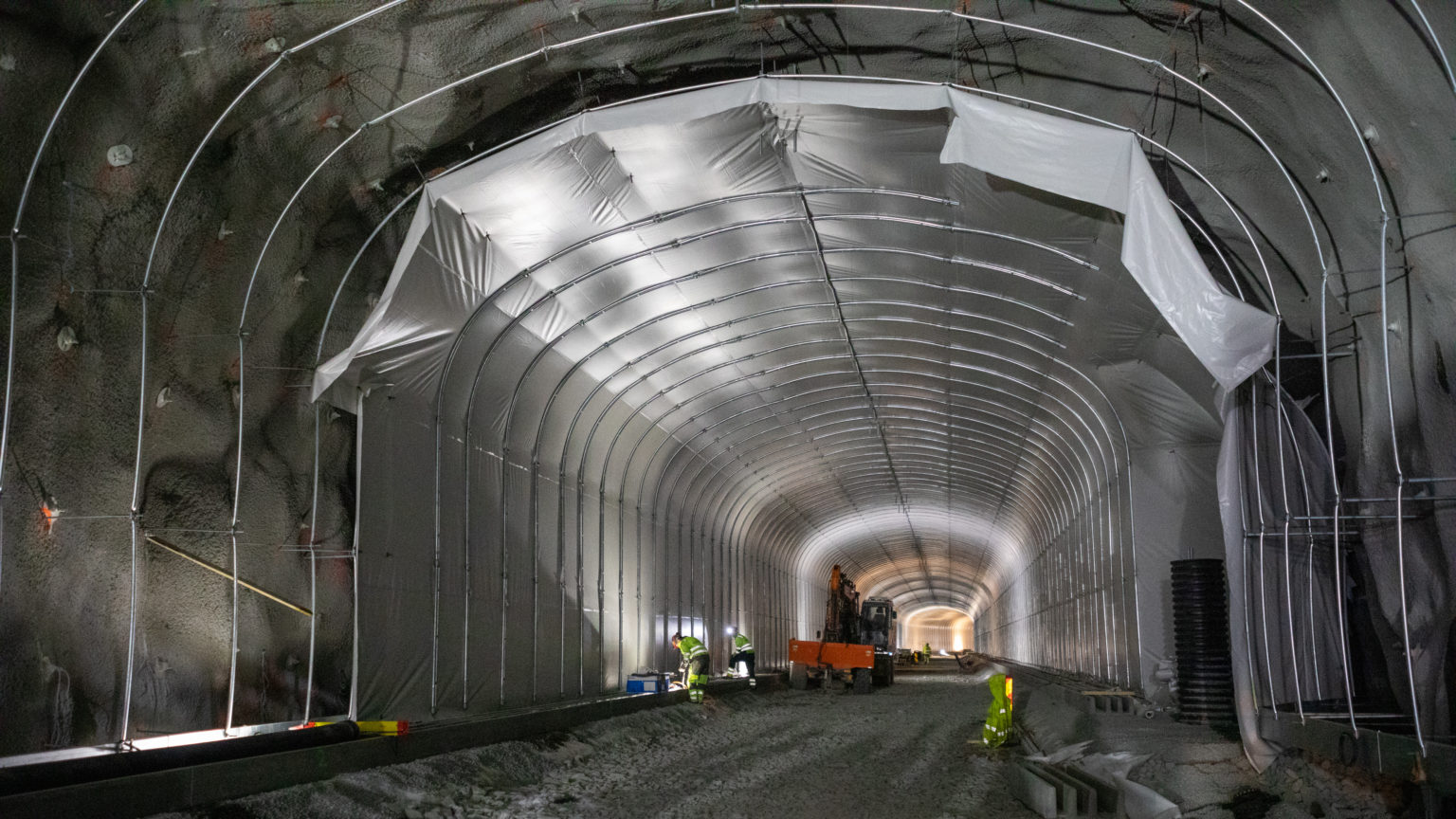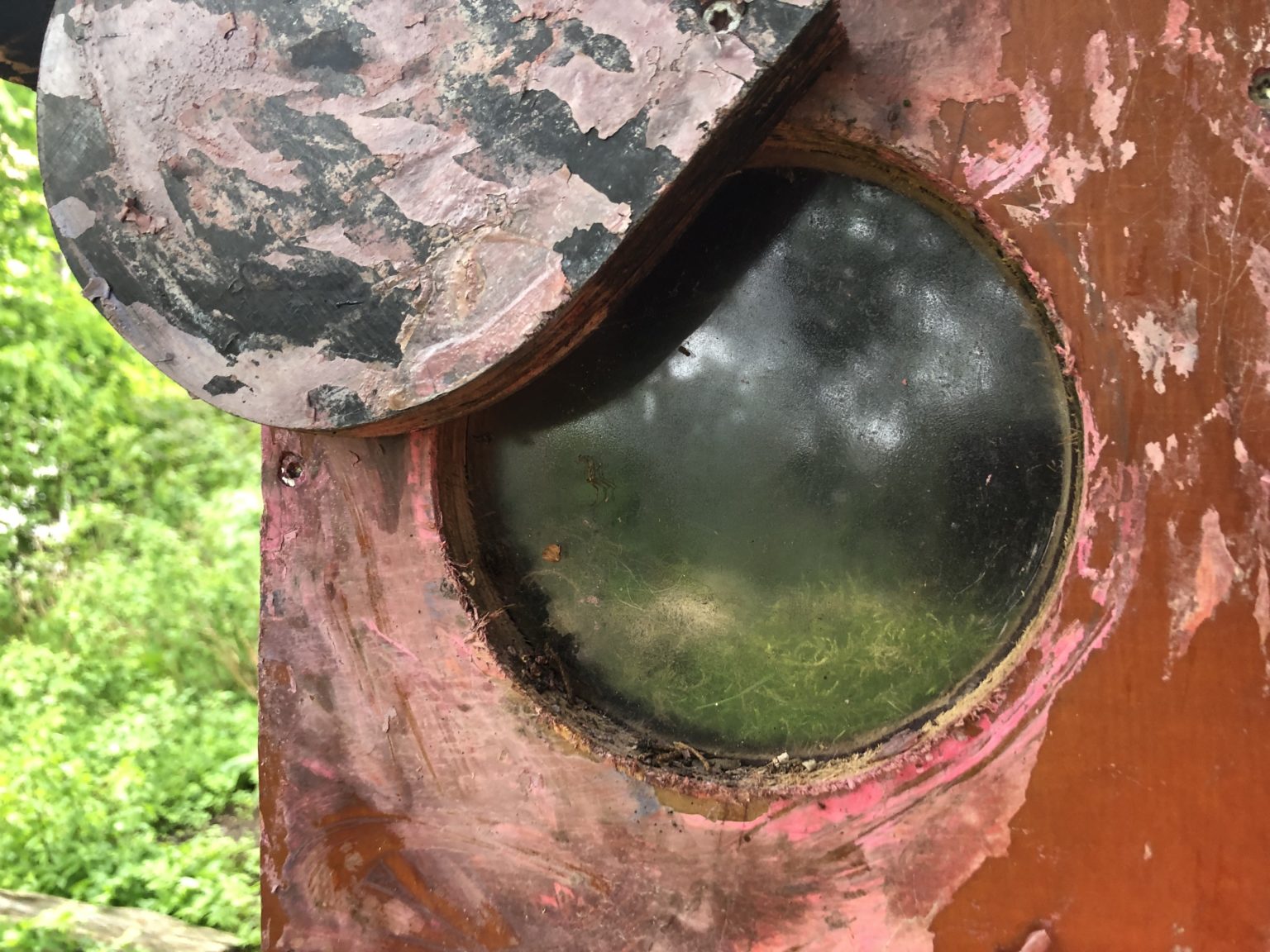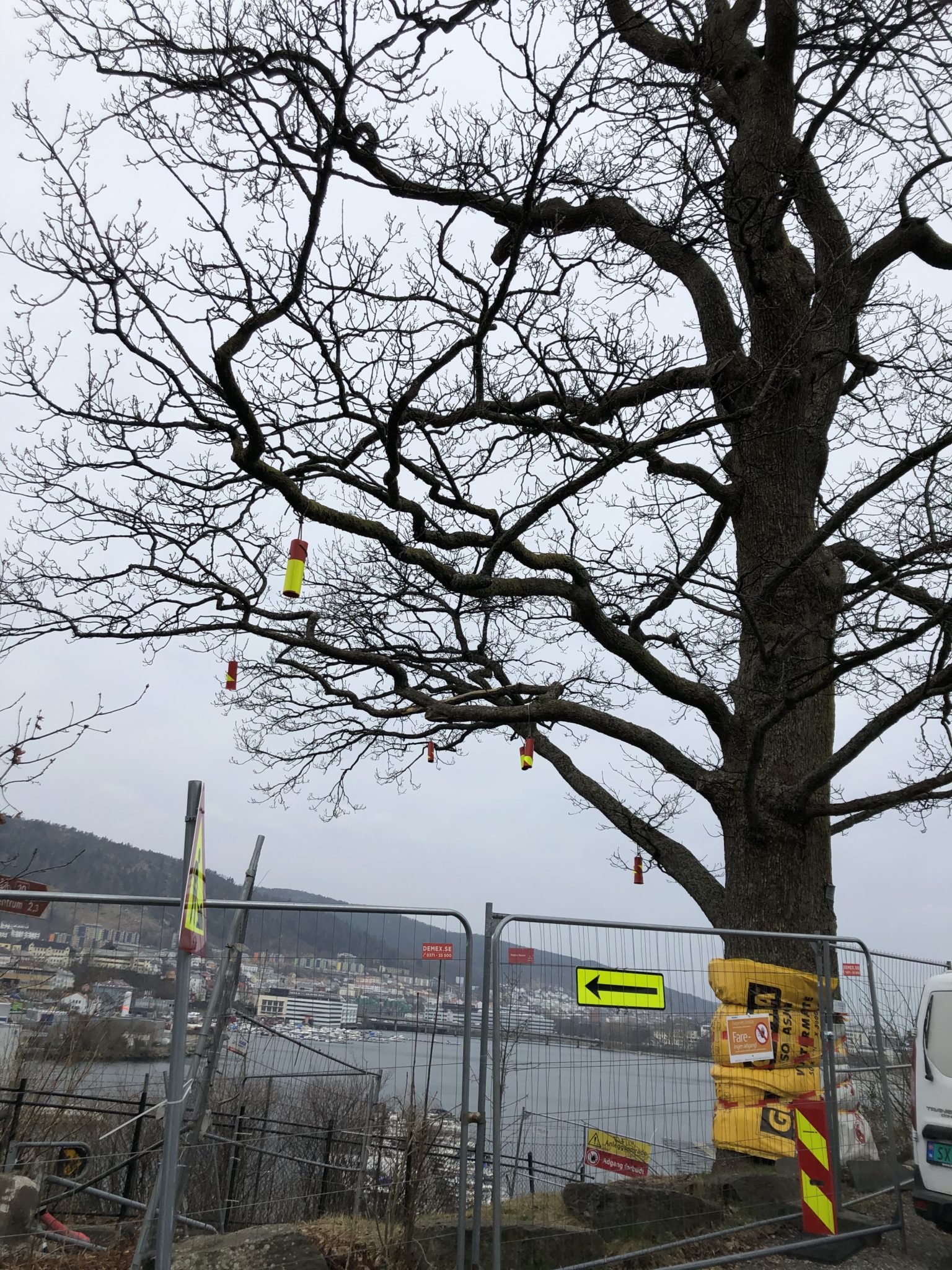Norwegian tram project gains CEEQUAL rating of Excellent
Overview
Improving public transport with a new tram system, this project coordinated investment in transport, environmental improvements and road construction, plus pedestrian and cycle paths. The aim was to achieve a more environmentally friendly urban development and resulted in a CEEQUAL(now BREEAM Infrastructure) rating of Excellent.
About
Based in Sweden, Skanska is a multinational construction and development company. Operating globally, it’s the fifth-largest construction company in the world.

Background
The Bybanen tram project was part of the Miljøløftet in Bergen, Norway. Miljøløftet is a common term for the urban growth agreement and the city infrastructure development package in Bergen.

Challenges
A major challenge of the project was working in a densely populated area and potentially affecting a large number of people over a longer period. This was managed by having regular and structured contact with relevant parties as well as ongoing dialogue with directly influenced neighbours. This work was monitored through questionnaires.
Furthermore, there were known pollution from previous activity along the project, both on land and in sediments in Store Lungegårdsvann. Relevant training was given to different units of the workforce and routines were established for extended testing. This mapped the pollution in detail during construction and determined if the volumes needed to be transported offsite for safe management, or if and how they could be used on site.

Solutions
A solution to the pollution issue was establishing a silt curtain to prevent the spread of it. There was ongoing monitoring of this using measurements throughout the construction phase.
For this project, the D12 contract covered the groundwork on the stretch from Fløen (AdO Arena) to Kronstad which consisted of:
Construction of a 1 km rock tunnel including shafts and access to an underground tram stop at Haukeland hospital
Groundworks outside of the tunnel
Deconstruction of buildings and existing infrastructure
Deposits of excavated rock in Store Lungegårdsvann
Deposits of excavated rock in the tram track
The construction of pedestrian and cycle paths
Groundworks using piles and sheet piles
Concrete structures such as a cut-and-cover tunnel, tunnel portals, culverts, a pedestrian bridge and retaining walls
Efficient project management was crucial to successfully deploying these solutions. Regular reporting of the defined goals through monthly report to the client ensured proper management of relevant issues.

Benefits
People and communities
Several issues recorded through the community engagement programme, and during construction, led to actions to accommodate the requests in addition to planned proactive measures:
Existing trees were retained and access to playground was maintained according to requests
Replanning of the on-ramp at Fløenbakken
Some works were postponed slightly to accommodate a 90th birthday party in the Fløenbakken area
Restructuring site layout to reduce nuisance for neighbours as requested
Structured follow-up of the local community related to satisfaction with communication and site traffic through a targeted questionnaire at regular intervals. This also helped identify areas and aspects of focus.
Ecology and biodiversity
It was identified that there were potential occurrence of vulnerable species of bird on the site. This was communicated to the workforce. This resulted in identification and relocation of relevant nests established on the site during construction. As well as establishing specialised nesting boxes that were inhabited.
The Alrekstad Oak is an old tree protected due to its size, age, condition and importance for biodiversity locally. It was successfully protected throughout the construction phase with works going on in close proximity.
Water environment
Plastic remains from the explosives used in the tunnel were deposited, along with the majority of the excavated material, in the body of water called Store Lungegårdsvann. To manage the marine waste associated with the project a goal was established to become “Marine Waste positive”. There was two phases to this.
Minimising the marine waste:
Using electronic detonators reducing the quantities of plastic
Implementing routines to remove plastic remains before loading blasted rock on to trucks
Removing marine waste:
Implementing routines to collect visible plastic remains after depositing the excavated masses in Store Lungegårdsvann
Arranging clean-ups around Store Lungegårdsvann with the project workforce also inviting local schools etc.
The total potential for plastic deposited in Store Lungegårdsvann as part of the project was calculated. The measured quantities collected as part of regular routines and clean-ups are 8 times larger than the maximum quantities estimated released.
Physical resources
Overachieving on Bybanen Utbyggings ambitions resulted in a reduction of greenhouse gas emissions of 5900 tonnes CO2e. This equals 27% reduction compared to a realistic reference.
The major contributors were the use of:
Advanced biofuels derived mainly from used cooking oil for all construction works and an efficient construction plant
Low-carbon concrete Class A for 99% of structures
Products with low-documented greenhouse gas emissions by conscious choice in procurement
Engaging the workforce and suppliers of the project in sustainability on the operational level. For example, by hosting regular friendly competitions highlighting the best efforts in a given period. This resulted in implementing measures that reduced the greenhouse gas emissions beyond what was originally planned by 470 tonnes CO2e (more than 2% of the total for the contract). At the same time the waste (excluding excavated material) was reduced by 270 tonnes (about 13% of the total for the contract).
The major contributors were:
Reducing the quantity of steel by 110 tonnes needed for steel piling by using high strength steel.
Reuse of more than 3000 m2 of formworks
Reuse of 65 m3 granite blocks from constructions that were removed as part of the contract 60 pallets were donated and used in the construction of a building on a farm in the region
Creating a process for using excess concrete to cast weights
The use of electrical bikes for the transport of personnel around the project, replacing cars
Announcing and giving away 6 tonnes of components and equipment from houses that were removed as part of the contract
The quantity of potable water used was reduced by 43% by reusing water for tunnel drilling rigs, using runoff for keeping the water table stable and using seawater for dust suppression. Another highlight was beneficially reusing over 40% of excavated material and 100% of topsoil onsite.
The project was also used as a test arena for different innovations for collecting marine waste through a partnership with NOSCA by using the area within the filter curtain to be able to establish a reference to see measure their effect.

Summary
Share
Tags
Get in touch
For more information on BES 6001, call us on +443333218811, email us at enquiries@bregroup.com or use the online form.
Contact us